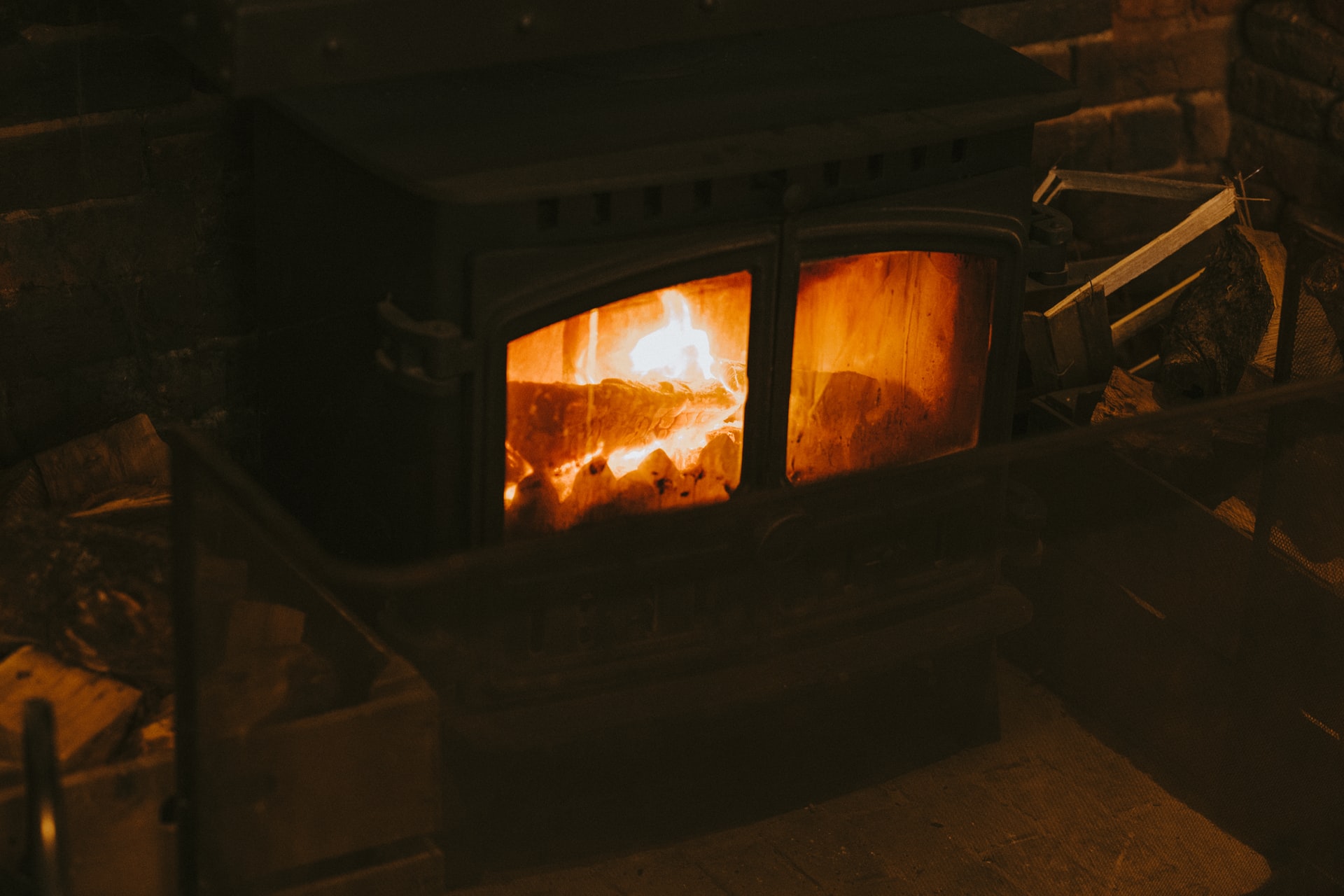News release
From:
This study investigated whether Winter woodsmoke pollution at levels encountered in a mid-size Otago town was associated with GP visits for acute respiratory infection during May through August 2014–2018. An analysis of 812 GP visits found that acute respiratory infection risk increased with increasing woodsmoke pollution, accounting for air temperature effects. Further, areas with a higher density of woodburners per hectare had higher rates of GP visits for acute respiratory infections. Woodsmoke pollution can be reduced by residents burning only dry wood and keeping their fire hot (not smouldering).



 New Zealand
New Zealand


